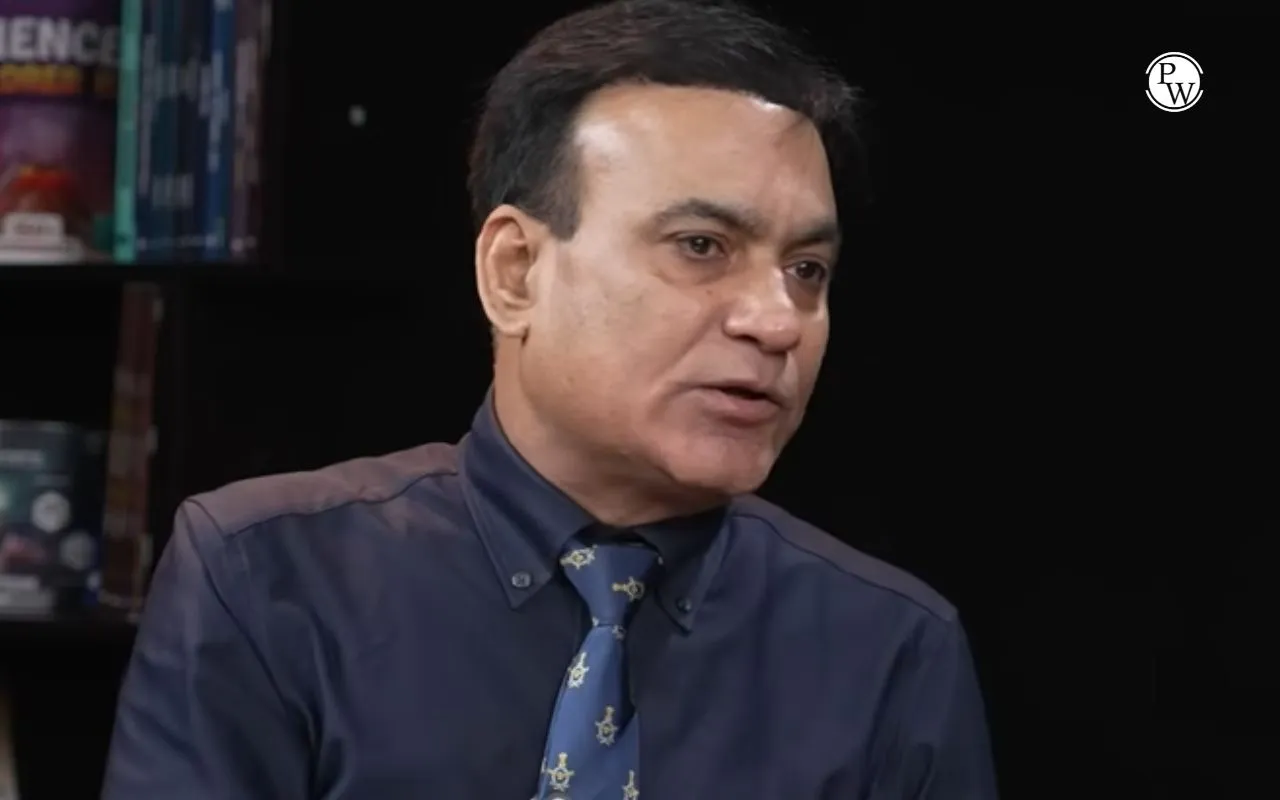

Wing Commander Sushil Vajpayee, a veteran of the Indian Air Force with over twenty-six years of service, recently shared his expert guidance on cracking the SSB (Services Selection Board) psychology tests. Recipient of the Chief of Air Staff Commendation for his role during the Kargil conflict, he has also served as a psychologist and evaluator at the Mysore Selection Board, assessing more than four thousand candidates. His advice emphasizes psychological understanding, self-awareness, and developing the right mindset to succeed in SSB.
Understanding Recommended vs Non-Recommended Candidates
When asked about the difference between recommended and non-recommended candidates, Vajpayee explained that psychological tests in the armed forces are designed to evaluate Officer-Like Qualities (OLQs). “Non-recommended candidates are not useless,” he says, “but the forces need a specific set of traits. These are assessed through psychological tests, the Group Testing Officer (GTO) exercises, and the Interviewing Officer (IO).”
The tests—TAT (Thematic Apperception Test), WAT (Word Association Test), SRT (Situation Reaction Test), and SDT (Self Description Test)—reveal subconscious thought patterns, problem-solving abilities, and social adaptability. Memorization does not work, as the tests are designed to reflect authentic personality traits.
How TAT Works
The Thematic Apperception Test (TAT) is the main psychological test in SSB. Candidates write stories based on pictures shown to them, which reflect their subconscious thinking and life experiences. “Whatever is truly in your mind automatically comes out,” Vajpayee emphasizes.
Psychologists cross-check these stories with the PIQ (Personal Information Questionnaire) form, which contains details about education, family background, hobbies, and co-curricular activities. This ensures that responses align with the candidate’s actual life experiences and personal traits.
Confirmatory Tests: WAT, SRT, and SDT
The WAT examines a candidate’s word associations, revealing thought patterns and emotional responses. For example, the word “Father” can elicit personal, advisory, observational, or factual responses, which psychologists analyse for maturity and balance.
The SRT presents real-life situations to assess decision-making and problem-solving skills. Candidates’ responses are compared with their TAT stories to check consistency. The SDT serves as evidence of self-perception, showing how candidates think they are viewed by parents, teachers, and friends. All findings are discussed in a final conference with the psychologist, IO, and GTO.
Daily Life Preparation and Mindset
Vajpayee emphasizes that preparation for SSB should be integrated into daily life. “Stay calm, think positively, and take initiative,” he says. Simple actions at home or school, such as volunteering for tasks or helping others, build Factor-2 traits like social adaptability, cooperation, and responsibility.
SSB success is not about memorization. Stories and responses must be authentic, reflecting personal initiative, problem-solving, and leadership qualities. Candidates are encouraged to think beyond themselves and consider broader impacts when creating story scenarios.
Role of Hobbies, Sports, and Expression
Hobbies, sports, and co-curricular activities reveal creativity, teamwork, and maturity. Candidates should pursue activities that demonstrate curiosity, innovation, and leadership rather than passive interests like watching TV or scrolling social media.
Clear expression and neat handwriting are more important than perfect grammar. “English is essential for communication in the forces, but it’s your clarity and expression that the psychologist evaluates,” Vajpayee explains.
Introspection and Continuous Improvement
After being conferenced out, candidates should review their performance and compare themselves with peers. “Go back to your stories, analyse each picture, and see how you could have improved,” Vajpayee advises. True improvement comes from aligning thoughts with actions, developing a broad mindset, and consistently demonstrating initiative and responsibility.
